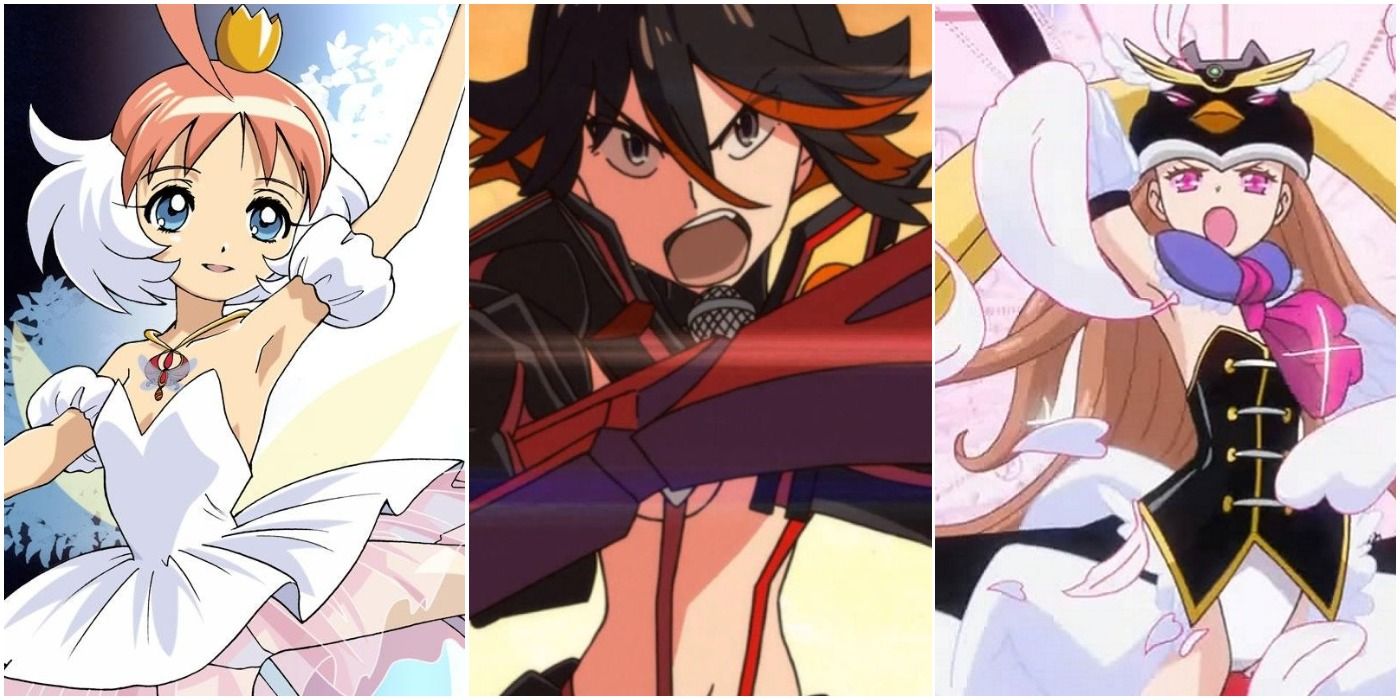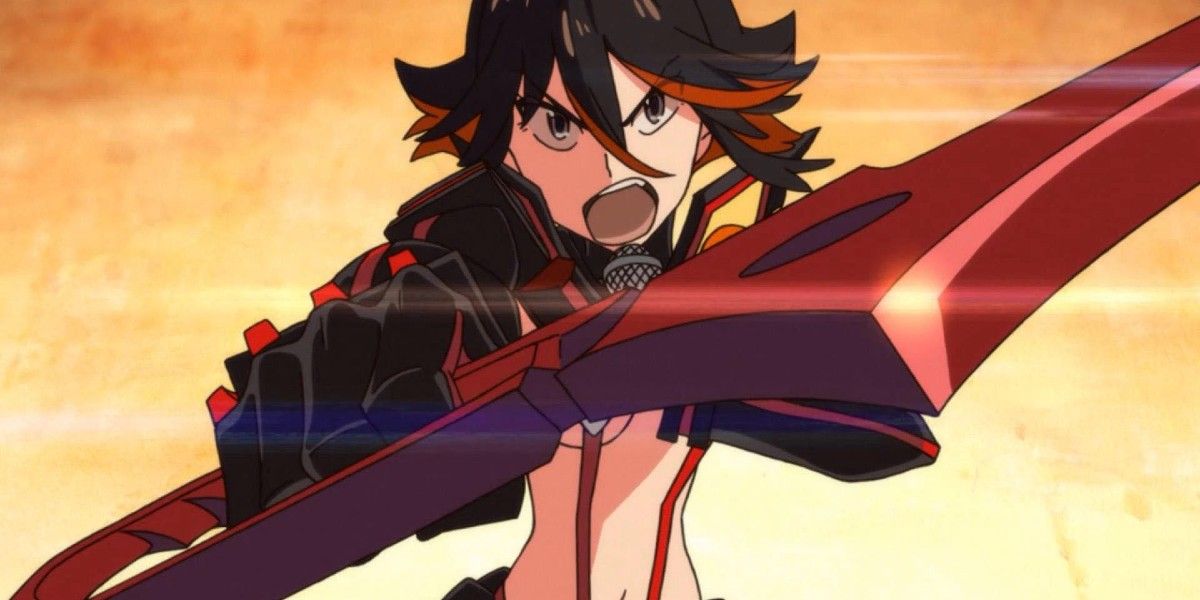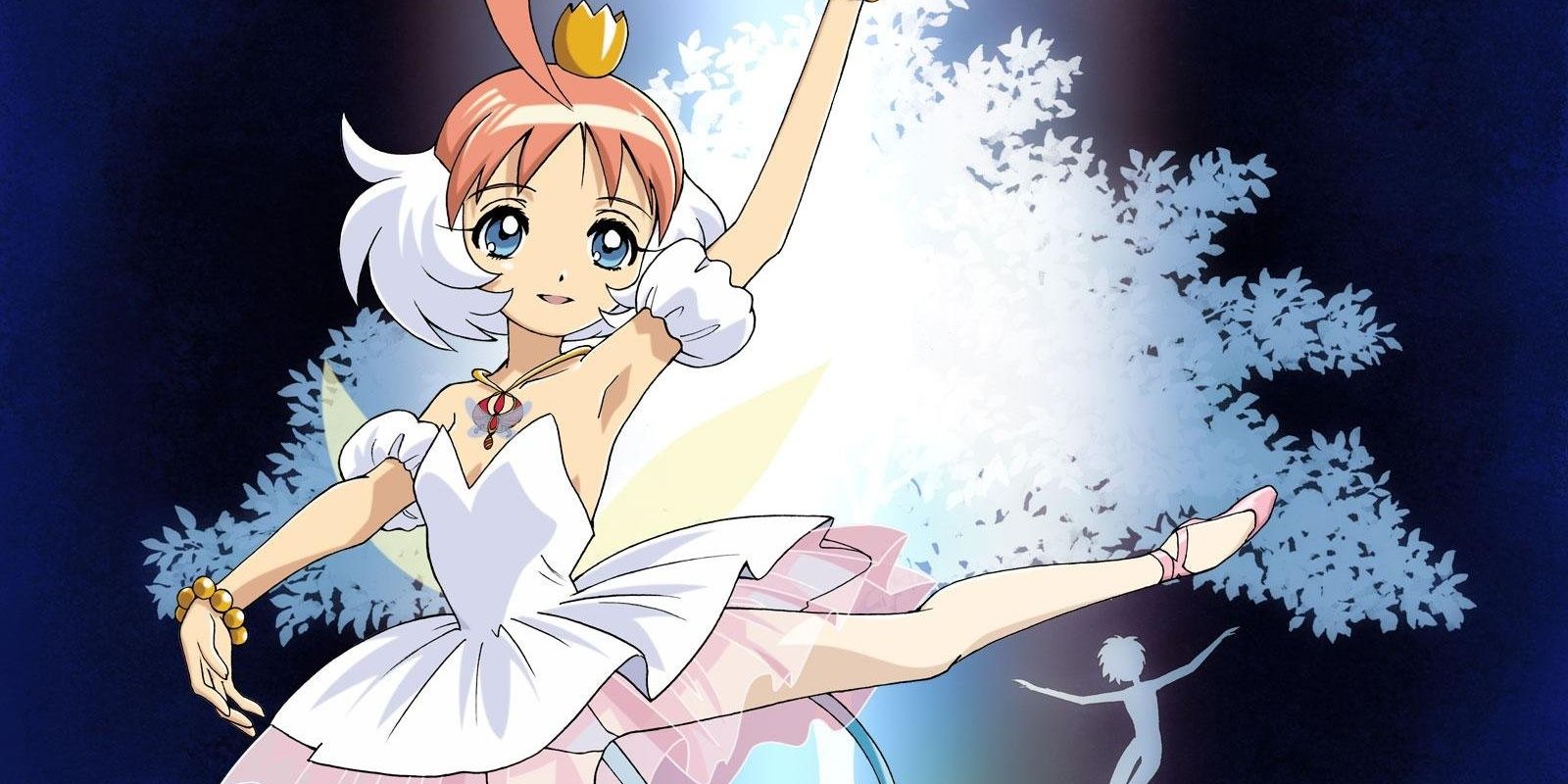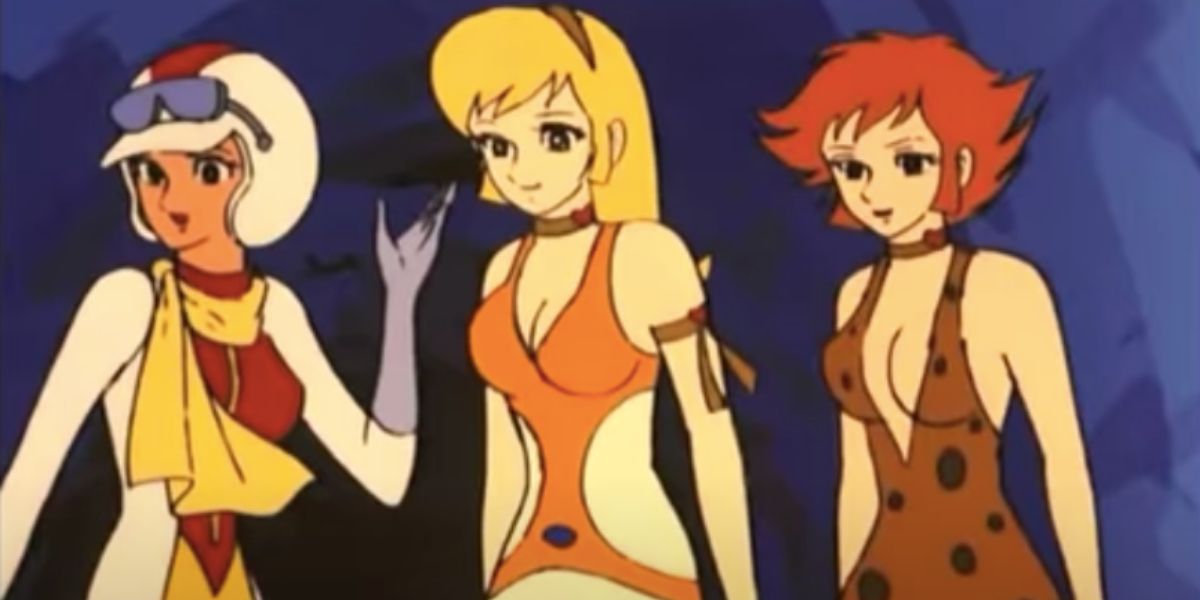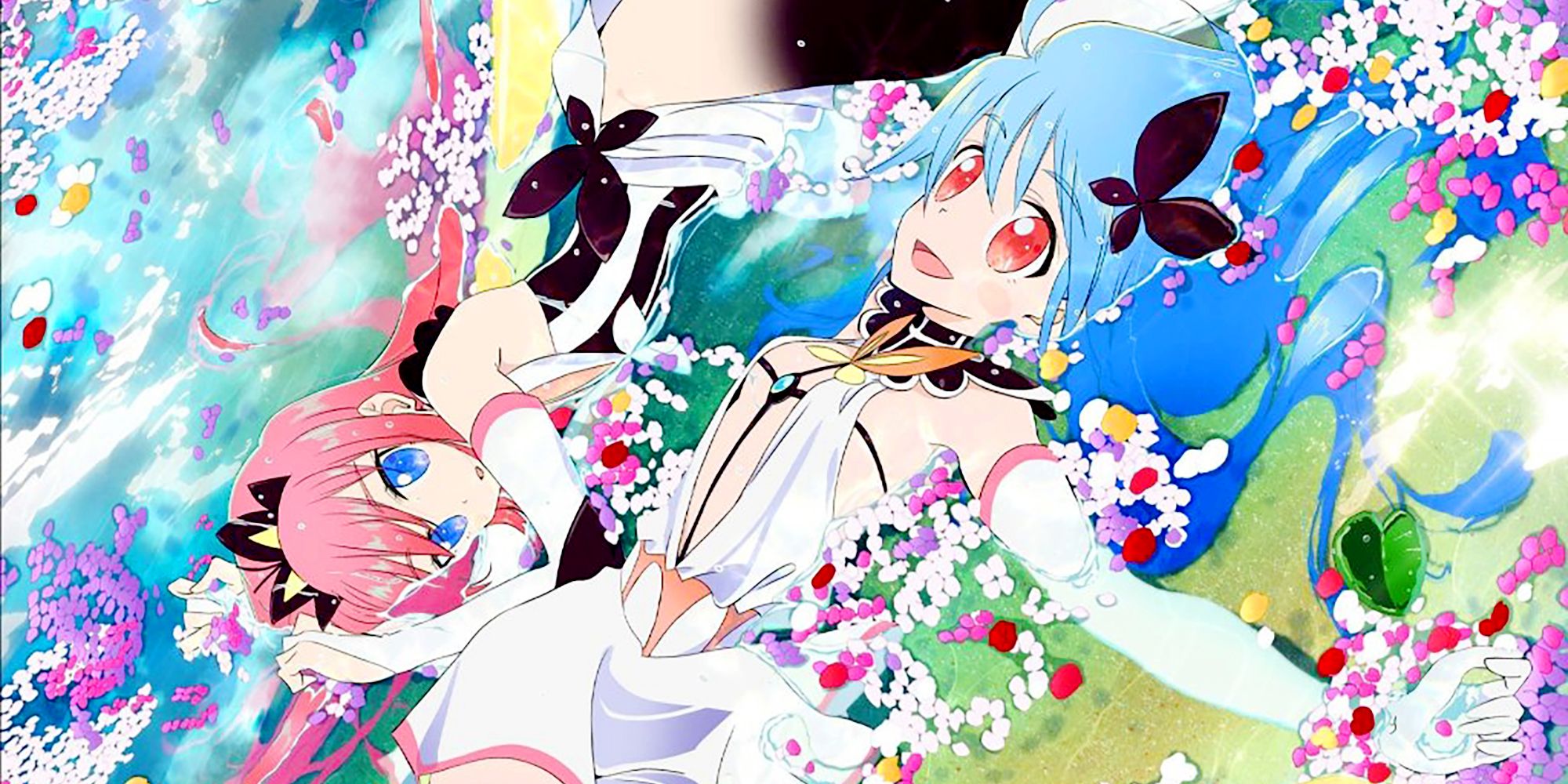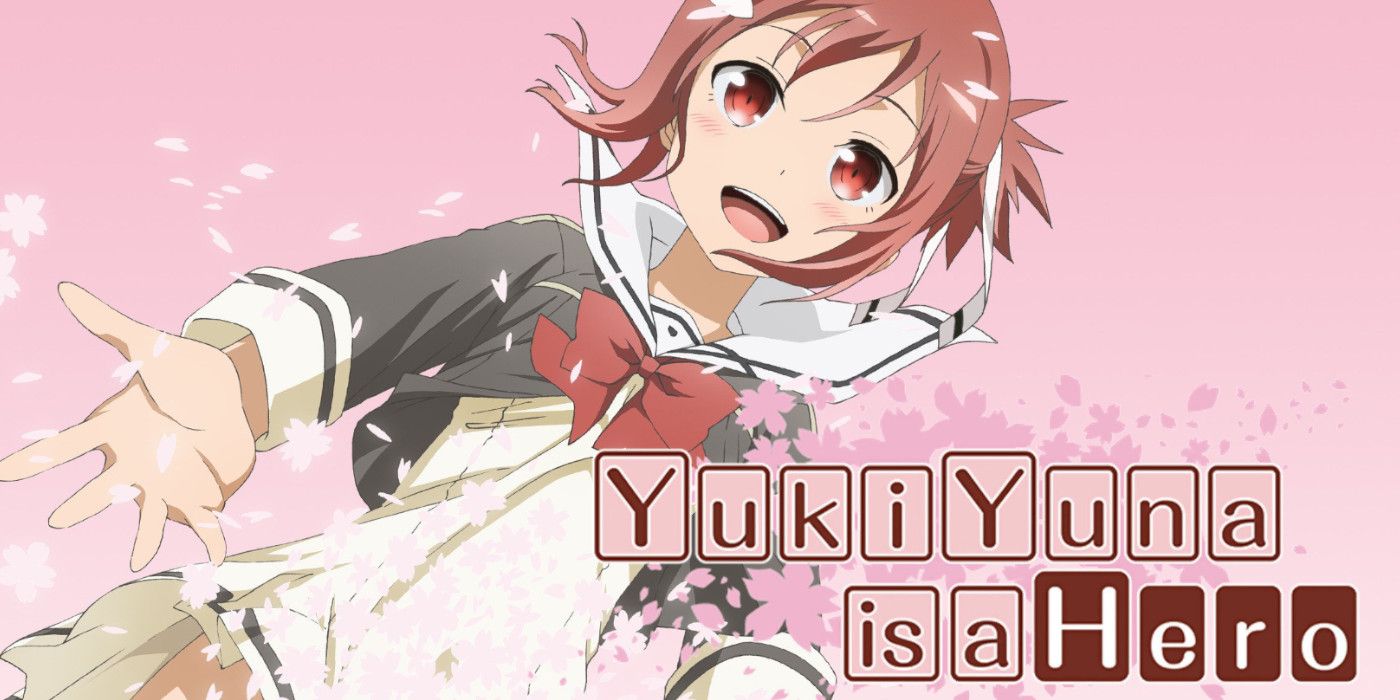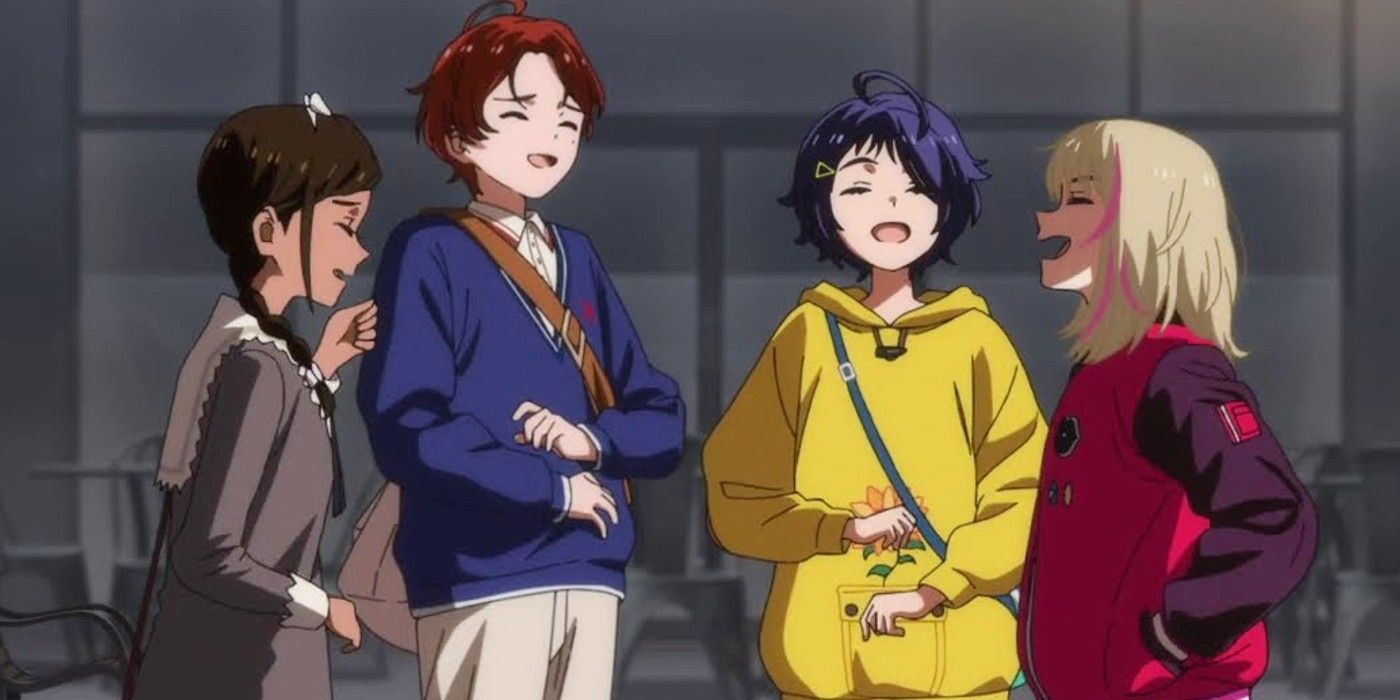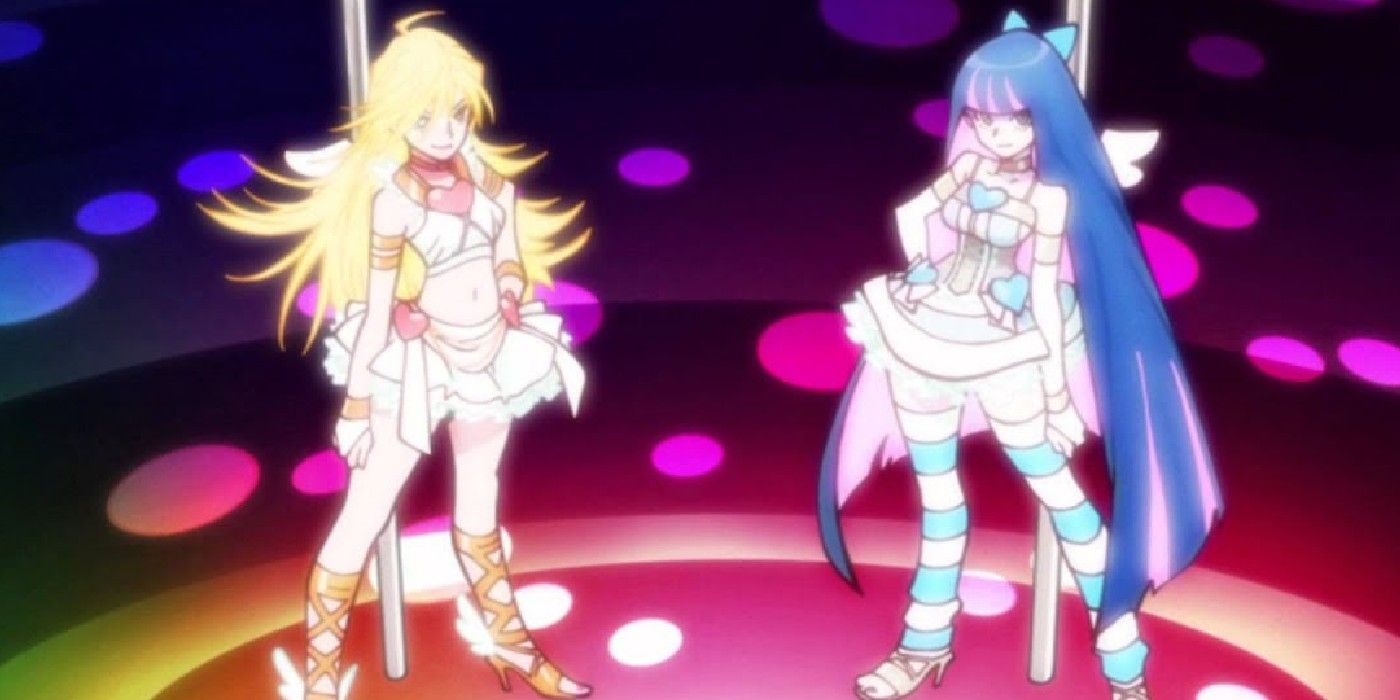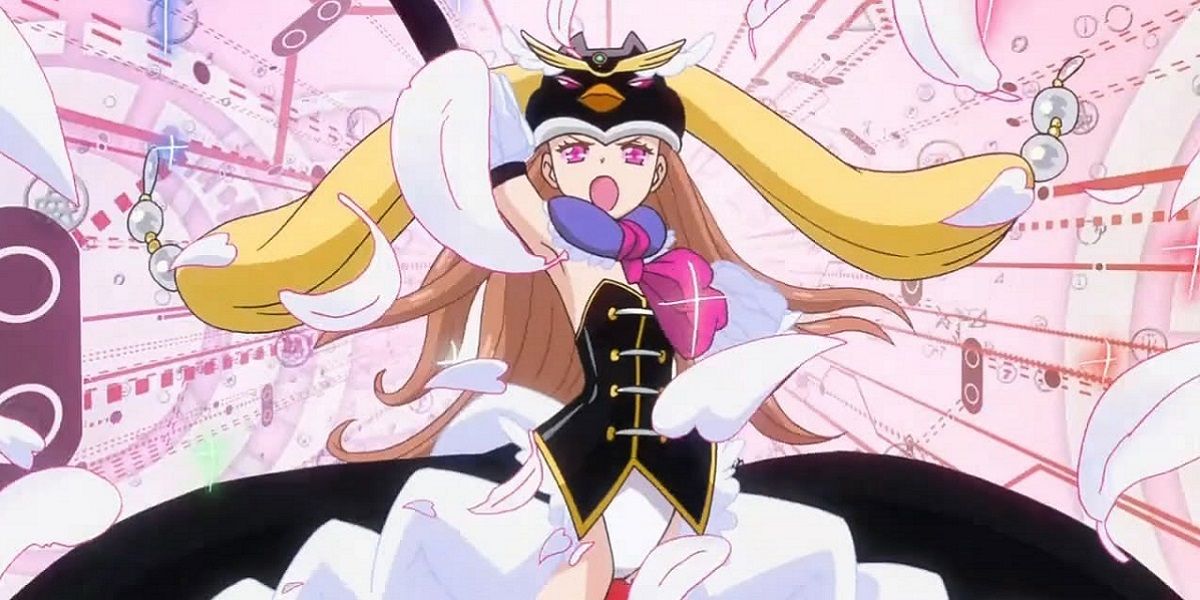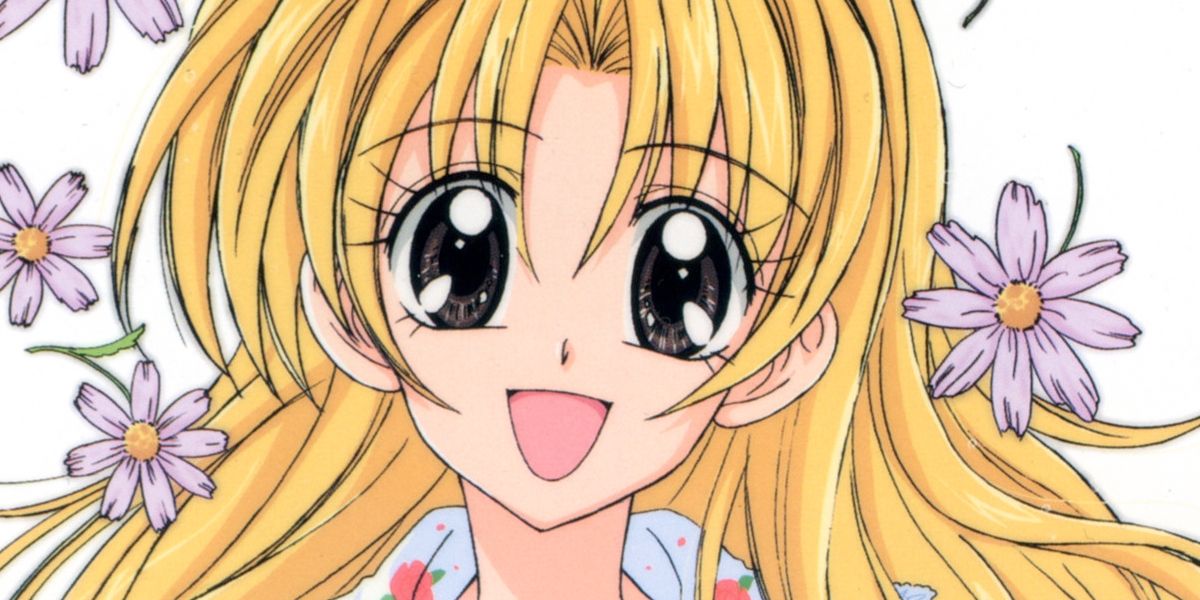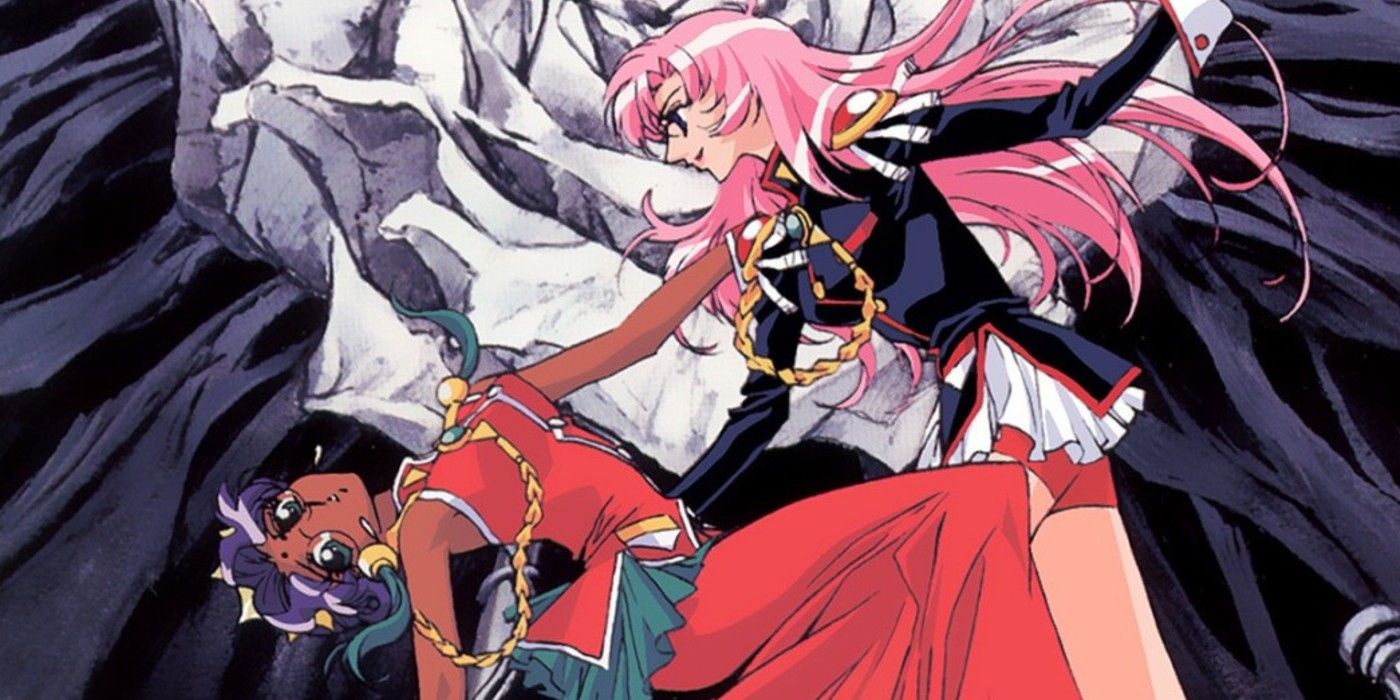It's difficult to pin down magical girl shows to one type since so many series feature magical girl tropes for various effects. Anime like Sailor Moon undoubtedly come to mind for most fans but shows like Futari wa Pretty Cure and Puella Magi Madoka Magica also qualify as magical girl shows even though they're very different when compared to Sailor Moon.
Some shows are more sly about making magical girl content, masking it to seem as if it's not a magical girl show even though the magical girl features are there. Other shows may not be overtly magical girl in nature but still contain some magical girl tropes to move the narrative along.
10 Kill La Kill Contains Several Magical Girl Tropes
One of Studio Trigger's best works to date, Kill la Kill advertises itself as anything but a magical girl show. Its protagonist is crass, arrogant, and violent, and she fights solo instead of with a team of other transforming girls. Nevertheless, the series still uses common magical girl tropes, including a stock transformation animation sequence that's used whenever Ryuko Matoi or Satsuki Kiryuin equip their sentient sailor uniforms, Kamui Senketsu and Kamui Junketsu. Mako Mankanshoku's pet dog, Guts, even resembles the obligatory mascot character that's often associated with magical girl shows.
9 Princess Tutu Uses Dance For Its Magical Girl Battles
On the surface, Princess Tutu resembles a dark fantasy much more than it does a magical girl show. The series' atmosphere is often heavy and bleak, focusing on themes of existentialism and grappling with fate. Princess Tutu also relies heavily on fairy tale themes (such as transforming animals) with the mysterious Drosselmeyer reaching from beyond the grave to complete his final, unfinished fairy tale. Transformation scenes are pretty common in Princess Tutu, but the battles are fought through emotional dance routines instead of any physical altercations.
8 Cutey Honey Is Originally Categorized As Shonen
Originally released in the 1970s in Weekly Shonen Champion, Cutey Honey has gone down as an early anime classic and has earned several remakes and tributes throughout the years. Despite starting out as a shonen, Cutey Honey was actually meant to be a shojo magical girl series for Ribon magazine.
After its slot was given to a different series, Cutey Honey was reworked to have more shonen elements. Honey Kisaragi, the series protagonist, is a transforming android who is seeking revenge against the Panther Claw organization for killing her creator and father figure.
7 Flip Flappers Uses Magical Girl Tropes To Explore Identity
Like many original anime, Flip Flappers wasn't able to attract much of an audience during its initial 2016 run. It has a dedicated fringe fanbase, as it has a 7.7 score on MyAnimeList despite having only 62,015 votes. Middle schooler Cocona becomes wrapped up in the mysterious Flip Flap organization after she meets the equally mysterious Papika. Flip Flappers uses magical girl tropes such as stock transformation scenes and speeches throughout its narrative, but the real focus is on identity, not fighting. Cocona is repeatedly challenged to evaluate herself and grow.
6 Yuki Yuna Is A Hero Advertised Itself As A Slice-Of-Life
Looking at Yuki Yuna is a Hero at face value, it appears to be a standard moe-blob slice-of-life series focused on cute middle school girls. But looks are deceiving, as Yuki Yuna is a Hero wastes no time jumping into its battle-focused plot and magical girl transformations. Being a multimedia project made up of light novels, games, and more, the anime might be a bit dense for the uninitiated, but it nevertheless manages to tell a sufficient story. The story is primarily focused on character growth and exploration.
5 Wonder Egg Priority Sneaks In Magical Girl Elements
While there aren't any physical transformations in Wonder Egg Priority, the series nevertheless utilizes tropes that are popular in magical girl anime. Ai Ohto, Neiru Aonuma, Rika Kawai, and Momoe Sawaki are tasked with fighting in dream realms to save girls who have committed suicide and bring them back to life. Each of their weapons features a transformation sequence, and they even wind up with mascot sidekicks that help them fight. Wonder Egg Priority also focuses on themes of closeness and friendship, common themes in magical girl anime.
4 Panty & Stocking With Garterbelt Parodies Magical Girl Tropes
With all the cartoonish chaos and nonsensical antics going on in Panty & Stocking with Garterbelt, it's easy to look over its magical girl elements. Although it's presented as the Anarchy sisters being angels, Panty and Stocking nevertheless use magical girl-esque transformation stock footage in nearly every episode.
Their transformation speech is also quite reminiscent of a typical magical girl show and even Chuck counts as an obligatory mascot character. Some believe that Panty & Stocking didn't need to use magical girl tropes, but the show is arguably more amusing with them.
3 Mawaru Penguindrum Tucks A Magical Girl In Its Narrative
Written by Kunihiko Ikuhara, Mawaru Penguindrum is a sublime story that delves into several deeper themes stemming from the trauma of the Aum Shinrikyo subway Sarin gas attack. Like Revolutionary Girl Utena, another work by Ikuhara, Penguindrum relies on thick symbolism to get its points across. One of the most mysterious symbols is the Princess of the Crystal, an entity that takes over Himari Takakura with an excessively flashy transformation sequence that's highly evocative of a magical girl transformation. The three penguin mascots add to the magical girl elements.
2 Full Moon Wo Sagashite Has A Low Profile Magical Girl
While Full Moon Wo Sagashite isn't quite a magical girl series, it nonetheless uses magical girl elements in its story. Specifically, the series protagonist, Mitsuki Koyama, gains a special ability from the shinigami team Negi Ramen. In a desperate bid to become a pop star and reunite with her childhood love, Eiichi Sakurai, before she dies of throat cancer, Takuto and Meruru grant Mitsuki the ability to transform into a healthy teenage girl. Mitsuki's transformation into her alter ego, Full Moon, is treated as a magical girl transformation sequence.
1 Revolutionary Girl Utena Is A Magical Girl Deconstruction
Serving as a deconstruction for both the magical girl and shojo genres, Revolutionary Girl Utena is an amalgamation of serious themes and parody all at once. Arriving at Ohtori Academy with the intention of becoming a prince, Utena Tenjou is quickly recognized as a Duelist who must obtain and protect the Rose Bride from challengers. Each episode with a duel follows common magical girl tropes, including transformation speeches and stock footage. The duels themselves aren't very magical, however, making it seem as if it's not quite a magical girl series.

